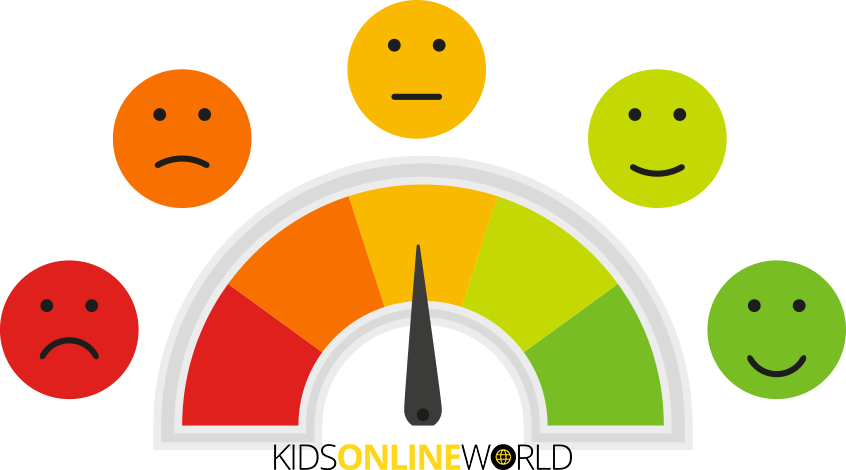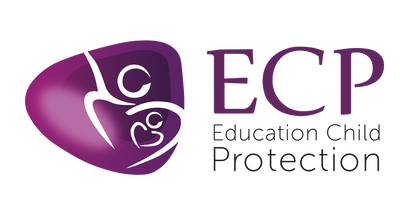TUMBLR
|
MINIMUM AGE: 16+
WHAT IS IT? Tumblr is a cross between a social networking site and a blog that lets you share things like text, photos, videos, GIFs, quotes and links. WHAT WE SAY: Treat with caution.
|
SAFETY TIPS TO CONSIDER:
1) Select the three dots. 2) Select Report. To report an account: 1) Go to the account you want to report. 2) Select their username and the human icon. 3) Choose Report.
FURTHER SUPPORT: For parents/ carers If you're worried about your child or need support call NSPCC helpline on 0808 800 5000. If you discover criminal content when online then report it directly to the police or the Internet Watch Foundation. If you're worried about online grooming or sexual behaviour online then report directly to the police or contact CEOP. For Children & young people if they're worried or want to talk, encourage them to contact Childline Online or call 0800 1111. Check out our Resource Centre for further information and useful online safety tips. |



